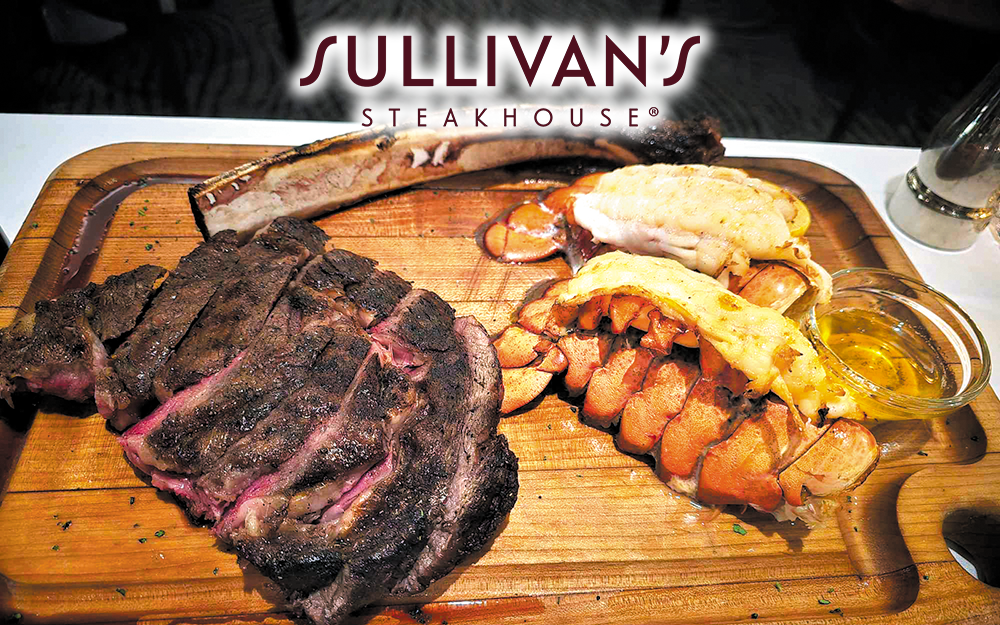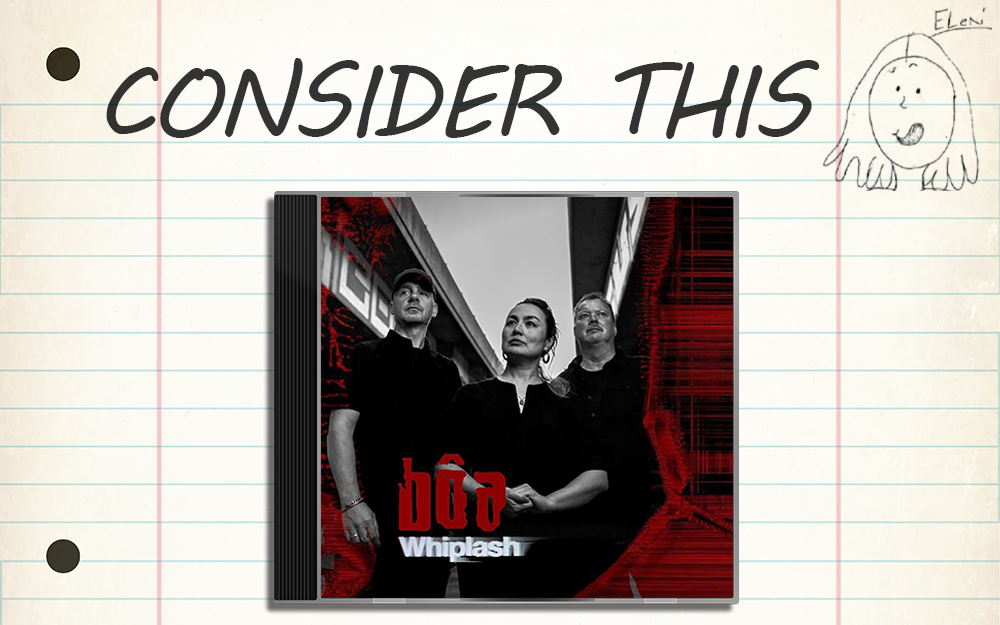The good news around town is that there is more and “more better” Pinot Noir on the market shelves than ever before. It’s the current craze! It’s really taken over as the predominant red wine request—at autumn and winter lunches & dinners—that Merlot used to own. Everybody wants the “Pinot” and it’s very food friendly.
As is clear, the Pinot Noir grape is French, thus, typically when vocalized, consonnants are not sounded. That’s why we say “Pino(t)” without the “t” and “Noi(r)” without the “r”. The French pronounce this grape as PEE-noh NWAh. The “oir” in French is spoken “Wah”. Like in the first syllable in the word “wa-ter”. If you were to say “pino water”—say it again without the “ter”; but of course, first add the “N” sound: “NWah”—there you go!
Like it or not, Americans tend to pronounce it as “PEE-noh NWAHRR”—with a pronounced “r” sound. Funny—huh? They’re not pronouncing the “t” but it’s heavy on the “r”!
The wonderful predominant flavor description of Pinot Noir is berry (raspberry/strawberry), black cherry, cinnamon, and mint. Then, depending on the terroir or micro-climate, add the very aromatic flavors of: cranberries, cedar, earth, flowers, game, meat, minerals, mushrooms, plums, smoke, spices, tea (especially Moroccan Green), toast, truffles, vanilla, and violets. Yes! it’s a natural for the holiday table.
Red wine from Burgundy France is Pinot Noir and the wines are legendary in the wine world. So many experienced wine lovers will confidently declare that no other red wine in the world can beat the complexity, fullness, and style of a great Pinot Noir from the Cote de Nuits—known as part of the “golden slope” in La Bourgogne. Once you’ve been there, everyone speaks of something magical in their vineyards. Yes—this is where the most expensive Romanée-Conti, La Tache, Richebourg, La Vivant etc., exist, thrive, and are shockingly good.
It seems, in a fun way, that where a red Bordeaux attracts the intellectual, Pinot Noir Burgundy attracts the romantic and the artist; and just like them, the Pinot Noir grape is very sensitive—it’s a very delicate grape varietal that needs careful attention both in the vineyard and in the winery. Aldo Sohm, world- renowned sommelier at Le Bernardin, says, “Burgundy Pinot Noirs are like divas; they all want to be understood, yet they don’t care what other people think because they are so eccentric.”
This Burgundian profile caused the whole world to try to emulate it. Be it California, Oregon, Argentina, or New Zealand, wine makers continually strive for that French benchmark on their own turf.
A good Pinot Noir from anywhere in the world, however, must carry that “aromatic” complexity: After decanting for at least an hour, the aroma should draw you in and the palate should be that ethereal balance of acidity, alcohol, fruitiness, and a mild touch of those puckering tannins.
CAVEAT!—“Burgundy” on any American wine label is a generic term, meaning it is a soft red wine and not necessarily made from Pinot Noir—like the boxed wines called “Burgundy”. Remember Gallo’s Hearty Burgundy back in the day? That was a good value-priced and good tasting wine—but it was mostly Zinfandel mixed with other red wine grapes.
We are especially fortunate to have some of the best Pinot Noir in the U.S. produced here in California and Oregon—which means we have great access to so much of it—and a lot of really good stuff at the $15–$25 range.
In California, where we have the blessings of the Pacific, look for Pinot Noir from the Carneros District, the Russian River Valley, Anderson & Monterey Counties, and Santa Ynes Valley . They tend to be some of the best. Brewer Clifton at the “wine ghetto” in Santa Barbara is a seriously delicious Pinot; The Russian River Rochioli Winery has consistently made great Pinot.
Pinot Noir has become a prominent specialty of Oregon. The clayey red earth of Dundee Hills in the Willamette [Will-LAM-et] Valley is regarded as one of the best terriors for this grape. And there’s no question that Oregonian more resembles the French red of Burgundy.
Andy Myers, sommelier at Cityzen, says, “I tend to lean more towards Oregon than California. Cal Pinot is a bigger, richer, and more forward style with juicy red fruit. Oregon Pinot is a little dirtier in a nice way, with more earthiness and mushroom. They’re leaner with more black fruit than red; a little lower in alcohol and more elegant.”
For some of the Oregon’s tastiest Pinot Noirs, look for Andelsheim, Argyle, Domaine Drouhin, and Stoller who produce wines of great character.
In about 5 years or so, we’ll be discussing the Pinots from Argentina and New Zealand with the same fervor. Look for them now—they are great buys.
At a “progressive Pinot Noir” wine tasting party, we’d start with the $5 Barefoot Pinot Noir. It’s the perfect pinot starter—tasty with all of the basic flavors. Castle Rock Central Coast at around $9 is next with a step-up in notes and a much better wine. At the next level, let’s try the zesty Argentine 2009 Manos Negras Pinot Noir at around $15 at BevMo; or, the light-style but good complexity of $15 Garnet Monterey County.
At $25 and higher, look for the brands I’ve mentioned above: Guaranteed delicious! Enjoy!
CHEERS!
Rick continues to host & entertain at wine events & tastings. Contact winespectrum@aol.com.












































Comments are closed.